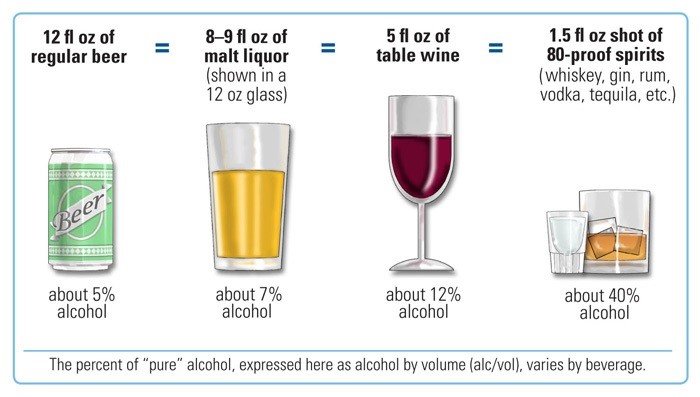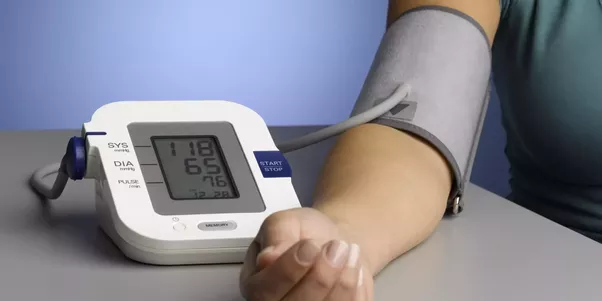
The American College of Cardiology and American Heart Association (ACC/AHA) recently released new guidelines for the diagnosis and management of high blood pressure (hypertension). The new guidelines will effectively replace previous guidelines and Bremo staff wants our patients to be aware of these new updates and how pharmacists and physicians can use them to improve patients’ lives and health outcomes.
New blood pressure categories:
| Classification | Value (mmHg) |
| Normal | Systolic <120 and diastolic <80 |
| Elevated | Systolic between 120-129 and diastolic less than 80 |
| Stage 1 Hypertension | Systolic between 130-139 or diastolic between 80-89 |
| Stage 2 Hypertension | Systolic at least 140 or diastolic at least 90 |
If you believe you fall in the elevated, Stage 1 Hypertension, or Stage 2 Hypertension categories, don’t be alarmed! This just gives healthcare providers a starting point so we can either take steps to begin lowering blood pressure and improving heart health or advise patients to continue their current regimen.
Patients should have two or more blood pressure (BP) readings obtained on two or more different occasions before a diagnosis of hypertension is made. If you are determined to have Stage 1 Hypertension, it does not necessarily mean you need to start taking medicine right away. Many patients are recommended to begin making healthy lifestyle choices in an attempt to reduce blood pressure and increase heart health.
Examples of healthy lifestyle choices include:
- Eating a heart-healthy diet. The Dietary Approaches to Stop Hypertension (DASH) Diet is a great option that focuses on low-sodium and increased vitamins and minerals while allowing sweets and fats in moderation.1
- Implementing physical activity. Having a structured exercise regimen will increase motivation and accountability. Remember, talk to your doctor before starting any exercise program. Start slow and work up to a goal of 150 minutes of physical activity per week, which breaks down to about 30 minutes five days per week.
- Decrease excessive alcohol consumption. Men with confirmed hypertension should have no more than two drinks per day and women with hypertension should limit themselves to one drink per day. Check out what a standard drink size is below:

If you are diagnosed with Stage 1 Hypertension but have additional risk factors such as a previous heart attack or stroke or are at a high risk of having a heart attack or stroke, blood pressure lowering medication is likely appropriate. Risk is determined using an online calculator that takes age, diabetes status, kidney function, cholesterol, and other factors in to consideration. The calculator can be found here.
The goal blood pressure for most patients is <130/80 mmHg. This may take a combination of lifestyle changes and multiple medications to reach for some patients. This goal may be adjusted based on patient-specific factors.
Bremo Bonus- it is just as concerning to have extremely low blood pressure as it is to have extremely high blood pressure. It is important to regularly check AND write down results of blood pressure to easily view trends over time. A solid recommendation would be to check blood pressure once weekly at home or at the pharmacy2. Instructions of how to properly check blood pressure are included in the updated hypertension guidelines. Main tips to remember when checking blood pressure include:
- Sit quietly for five minutes before measuring blood pressure
- Avoid smoking, caffeine, or exercise for 30 minutes before checking blood pressure
- Sit in a chair that supports your back instead of a sofa or couch
- Place both feet flat on the floor
- Keep legs uncrossed
- If the patient is currently taking blood pressure medication, make sure they are either ALWAYS taking it before they check their blood pressure or ALWAYS waiting until after they have checked their blood pressure. Either way is acceptable, just make sure you are being consistent
- Patients are recommended to use automatic blood pressure monitor that can be purchased at the pharmacy. Ask your pharmacist to review how to properly measure blood pressure before exiting the store. Tip- some insurance plans will cover the cost of a blood pressure monitor if your doctor has written a prescription
- Support your arm on a table or other surface so that the cuff is at heart level (see picture)

The new guidelines stress the importance of remembering to taking blood pressure and all other medications exactly as prescribed by your doctor or other provider. Bremo staff knows it can be overwhelming and hard to remember to take medications daily or even multiple times daily, and we believe our free medication synchronization program (SyncRx) can help patients save time and make it easier to remember to take your medications on the right day and the right time to make sure they are working the best they can. It also eliminates trips to the pharmacy with free delivery service and allows for free medication disposal. Learn more about SyncRx here.
High or uncontrolled blood pressure can have devastating effects to patients. These could include heart failure, coronary artery disease, heart attack, stroke, kidney failure, and more1. Remember, Bremo Pharmacy is a Small Pharmacy with BIG HEARTS, so we invite you to learn ways to keep your heart healthy here. We want our patients to have the best control of their blood pressure so we are offering FREE blood pressure screenings the entire first quarter of 2018. That’s right- you can get your blood pressure checked for FREE at Bremo all through January, February, and March. Just called ahead of time and set up an appointment at 804-288-8361×120.
References:
- “DASH Diet: Healthy eating to lower your blood pressure.” Mayo Clinic. Mayo Clinic Staff. April 08, 2016. Accessed January 1, 2018.
- “High Blood Pressure Dangers: Hypertension’s Effects on Your Body.” Mayo Clinic. November 23, 2016. Accessed December 12, 2017. Available at: https://www.mayoclinic.org/diseases-conditions/high-blood-pressure/in-depth/high-blood-pressure/art-20045868
- 2017 ACC/AHA/AAPA/ABC/ACPM/AGS/APhA/ASH/ASPC/NMA/PCNA Guideline for the Prevention, Detection, Evaluation, and Management of High Blood Pressure in Adults: A Report of the American College of Cardiology/American Heart Association Task Force on Clinical Practice Guidelines. J Am Coll Cardiol 2017;Nov 13



